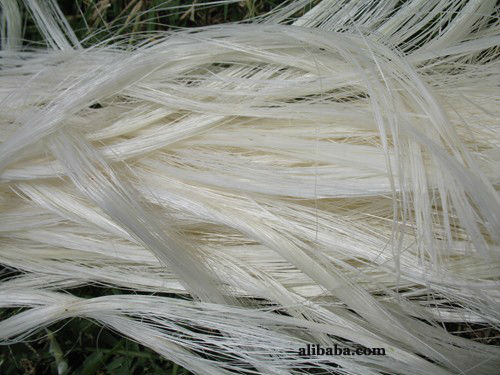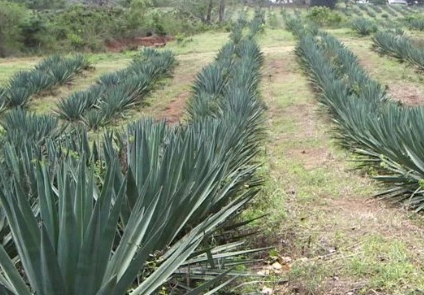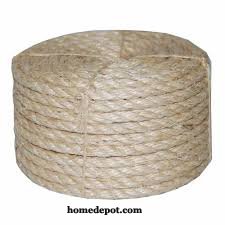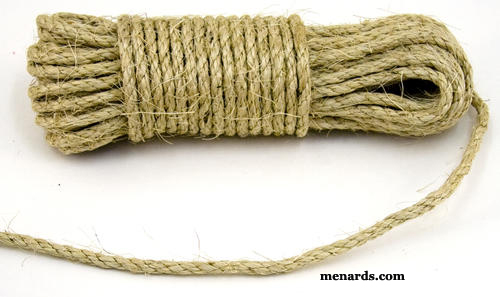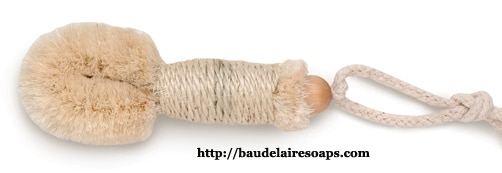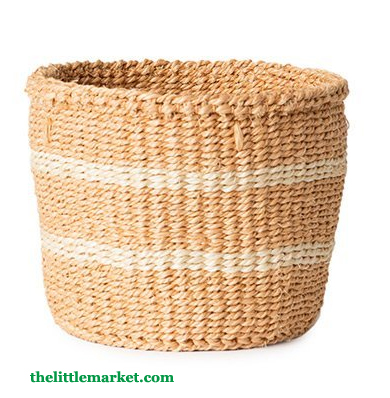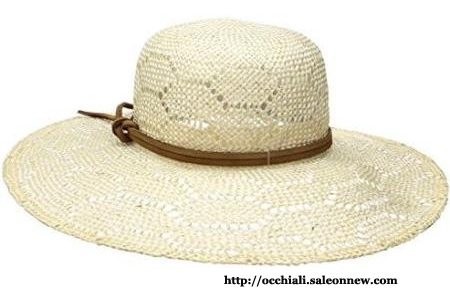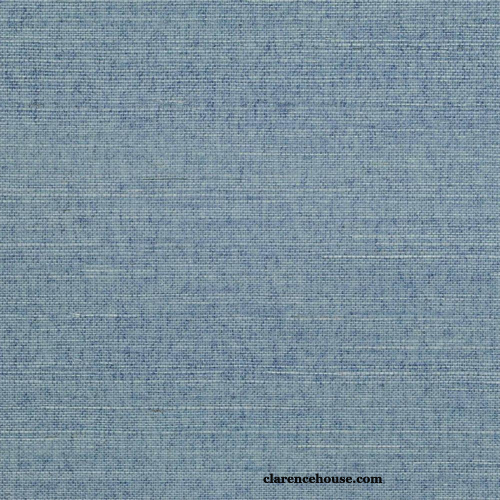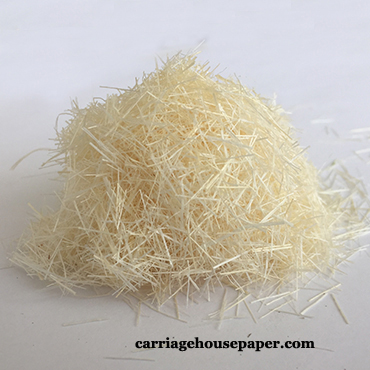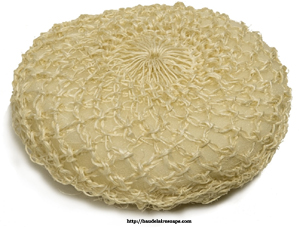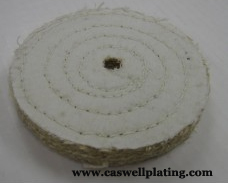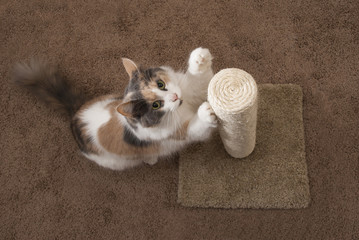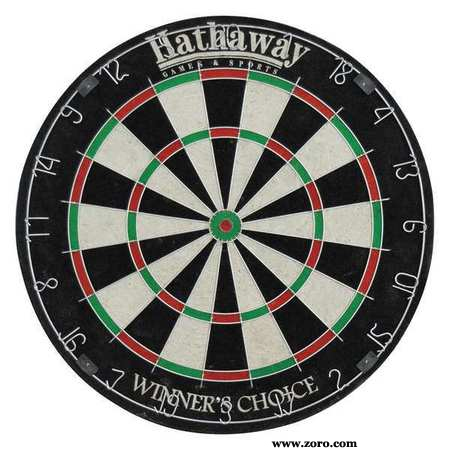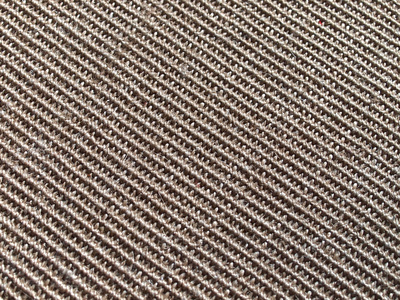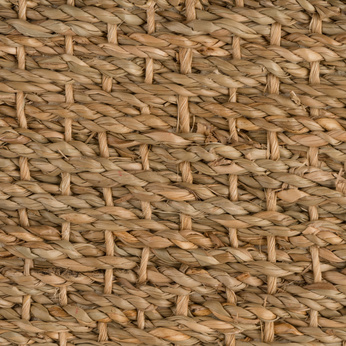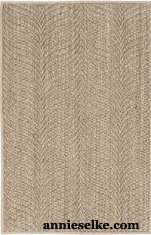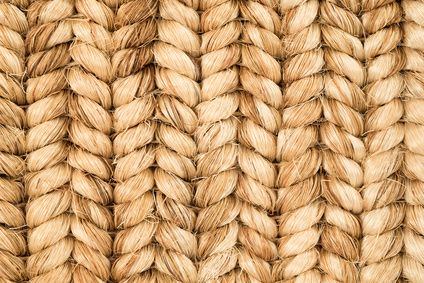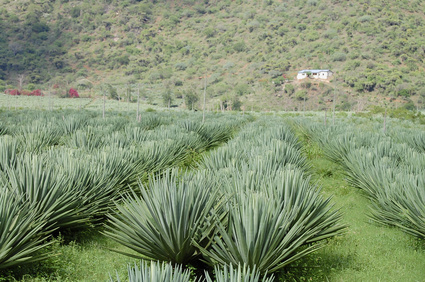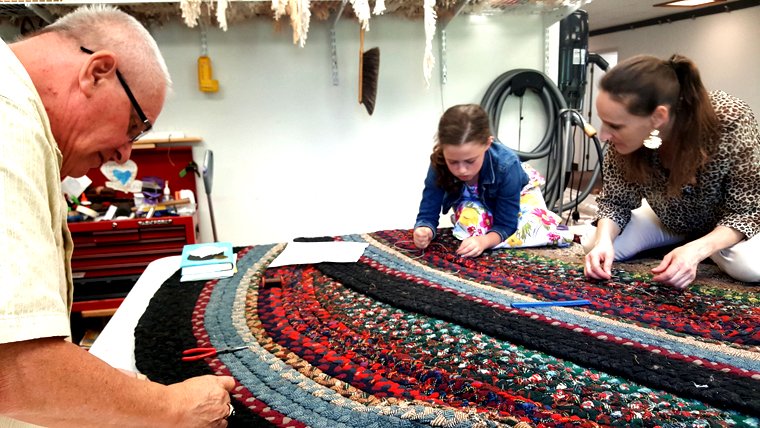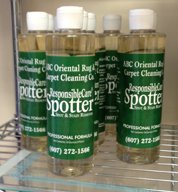SISAL NATURAL FIBER
HISTORY
Sisal natural fiber is derived from the inside of the large leaves of the Agave Sisalana plant, native to Southern Mexico. It is the same cactus used to make aloe and tequila!
Sisal natural fiber has been cultivated since pre-Columbian times but it was first cultivated for commercial use in the late 1930s when its economic benefits were discovered in countries across the world.
The development of cheap synthetic fibers in the 1980s and 90s sent the sisal market plummeting. The 21st century has seen a resurgence of the use of sisal, as well as its waste byproducts, due to the growing public awareness of natural fibers in general and the fact sisal is sustainable and environmentally friendly.
Sisal used for rope and twine are the traditional uses for this fiber. However, sisal is such a diverse resource material, there has been a growth in new non-traditional uses of this plant as well.
Today, sisal is sustainably farmed across the world. Brazil, and right behind it, Tanzania, are the largest producers.
The fiber of the sisal agave is also very similar to that if its relative, henequen (Agave Fourcroydes).
THE SISAL PLANT
The Sisal plant is very hardy and grows well all year round in hot climates and arid regions, often those areas not suitable for other crops. It can be cultivated in most soil types except clay.
The sisal plant usually grows to about 3 feet high and is around 15 inches wide. The leaves from which the fiber is extracted are fleshy and rigid and grow out from the stalk in lance-shaped leaves that are gray to dark green. Each lance is 2 to 6 feet long and 4 to 7 inches across, ending in a sharp spine.
The plant can be harvested from 3 to 5 years after being planted and its productive life can be as much as 12 years (though usually falls between 4 to 8 years). Each plant will produce approximately 300 leaves (depending on location, altitude, level of rainfall, and variety of plant).
At some point anywhere from 4 to 8 years, the mature plant will send up a central flower stalk which can reach up to 20 feet high. Unpleasant smelling yellow flowers will emerge. After these flowers start to die, small plants develop called bulbils which fall to the ground and take root. Similar to other agave species, the old plant dies after flowering is completed.
Besides the bulbils, young plants can also be propagated from the rhizomes or underground stems of mature plants. These young plants are usually kept in nurseries for the first 12 to 18 months They are then transferred to the field at the beginning of the rainy season.
The outer leaves are cut off close to the stalk as they reach full length. The initial harvest is usually about 70 leaves from each plant, averaging around 25 leaves thereafter. The leaves need to be crushed, washed, and dried first before the fibers within them can be used.
The fibers to be extracted lie lengthwise in the leaves, most of them near the leaf surfaces. The fleshy pulp is very firm and must be scraped away by hand stripping or by a mechanical decortication process. The fibers must be removed from the leaves as soon as possible after they are cut in order to avoid the risk of damage during the cleaning process.
ADVANTAGES OF
SISAL NATURAL FIBER
- Environmentally friendly.
- Renewable resource.
- 100% biodegradable.
- Absorbs more carbon dioxide than it produces.
- Flame retardant.
- Anti-static.
- Noise absorbent.
- Helps reduce soil erosion with its extensive root system and thus contributes positively to watershed management.
- Its organic wastes and leaf residues can be used to generate bioenergy, produce animal feed, fertilizer, and ecological housing material.
- Can be planted as hedges to act as effective vegetative fences to protect crops and forests from predatory animals and intruders.
- Accepts color well and can be dyed.
- One of the most durable fibers and can be used in high-traffic areas such as hallways and entryways when woven into area rugs.
DISADVANTAGES OF
SISAL NATURAL FIBER
- Fibers are strong and stiff so less comfortable underfoot when woven into area rugs and carpets.
- Very susceptible to moisture damage. Avoid placement of rugs in rooms where spills are common such as the kitchen and dining room. Also avoid bathrooms, basements, and exteriors such as patios or decks.
- Can be slippery after exposure to a lot of wear. Not for use on stairs.
- The fiber is porous so it can stain and mildew fairly easily if spills are not cleaned up immediately.
- Humidity can affect sisal badly. It can wrinkle with too much moisture and will never be quite the same.
- Very susceptible to stains. An anti-stain treatment should be applied. Most stains can be removed with a dry-cleaning solvent but follow directions carefully. (SeeBelow)
USES FOR SISAL NATURAL FIBER and ITS BYPRODUCTS
- Rope, twine, and string for an array of marine, agricultural, and shipping purposes.
- Sisal Natural Fiber yarn can be woven into area rugs, carpets mats, handbags, and various handicrafts.
- Sisal liquid waste or juice is used for the production of pesticides and veterinary drugs.
- Particles of crushed tissue and fragments of leaves and fibers are used as fertilizer, biogas, and animal feed.
- Sisal pulp has a high proportion of cellulose so can be used as a substitute for wood fibers and adds bulk to paper and cardboard.
- Sisal pulp has insulating properties so it can be made into fiberboard or used as a wood substitute.
- Sisal pulp has high fold endurance characteristics and is absorbent and can be used as a high quality input for paper products.
- Sisal pulp is porous and can be used in cigarette paper filters and tea bags.
- Sisal pulp can be used for reinforcing composites as a substitute to enhance fiberglass used to reinforce plastic in automobiles, boats, furniture, water tanks, and pipes.
- Sisal pulp adds strength in cement mixtures for the development of low cost housing and replaces asbestos in roofing and brake pads.
- Sisal sponges are made of 100% sisal natural fiber with a cellulose sponge core.
- Sisal natural fiber used as buffing wheel fabric works well because it is strong enough to polish steel and soft enough not to scratch it. It can provide both a polishing and a cutting action. Also used because of its tough resiliency, natural abrading, and grease absorbing qualities.
- Perfect for cat scratching posts. However, cats may not mix well in homes with large amounts of sisal rugs or carpets!
- Best material for dart boards!
SISAL NATURAL FIBER
AREA RUGS and CARPETS
ADVANTAGES of
SISAL NATURAL FIBER
AREA RUGS and CARPETS
- A sisal area rug or carpet is a designer's dream come true! It is a great way to cover a floor without having to commit to a large color or pattern so it makes a good base for a room with a mix of furniture.
- Sisal has a distinctive tan, beige and creamy white color which is neutral and can fit into any decor. On the other hand, it holds dyes and so can come with patterns or different colors and can be woven into other fibers for unique looks. Stencils can be used for borders for a more creative and interesting look.
- Sisal woven into area rugs can also be trimmed in silk braids, leather, or cotton fabric that can match or coordinate with another fabric in a room.
- Sisal area rugs and carpets are good for people with allergies and asthma. Sisal contributes to the air quality of a home because it won't off-gas volatile organic compounds (VOCs) as synthetic materials do.
- Like jute, sisal fibers are harder than most synthetic fibers so dirt is not able to penetrate or cling to the fiber. Instead, the dirt rests loosely on the weave and can be easily removed.
- Sisal is a hydroscopic fiber and it will absorb moisture. This can be both an advantage and a disadvantage. During times of high humidity, sisal, like coir natural fiber, can store around 30 percent of the moisture and discharge it when there is not enough humidity, acting as agents of climate control. However, too much moisture can wrinkle the fiber and it will never be quite the same.
DISADVANTAGES OF
SISAL NATURAL FIBER
RUGS and CARPETS
- Subject to sprouting because of shorter fibers.
- Initially coarse (but becomes softer and increasingly pleasant to walk on barefoot as the carpet or area rug wears.)
- Very susceptible to stains and spills. Even water can leave a stain if not blotted up immediately.
- An excessive amount of humidity or moisture can affect the fiber badly. (See above.)
GENERAL MAINTENANCE OF
SISAL NATURAL FIBER
AREA RUGS AND CARPETS
- All spills should be treated as soon as possible and blotted up as much as possible.
- Most stains can be cleaned with a dry-cleaning solvent. (see below for Stain Removal Procedures.
- The thicker the sisal rug is woven and the darker the colors (to hide any stains), the less maintenance will be needed.
- Sisal area rugs are best if placed on hard floors because dirt naturally falls through. The area rug can then be lifted up and debris swept or vacuumed out from beneath regularly. (Small dirt particles can abrade the fibers.)
- Vacuum at least every day. Turn off any beater bars when vacuuming. The friction from the brushing of the beater bar can erode and damage the natural fibers. It may also flatten the rug and cause it to look worn.
- Vacuum from different directions.
- Be careful when vacuuming rugs with bindings.
- Use a rug pad even if your rug has a latex backing. It will help the rug to last longer and feel softer and will also provide a bit of insulation and sound absorption.
HOW TO GET STAINS OUT OF
SISAL NATURAL FIBER
RUGS and CARPETS
GENERAL STAINS - DRY CLEANING SOLVENT
GLUE and NAIL POLISH STAINS
These can usually be removed with acetone nail polish remover. Use small amounts and blot.
TOMATO SAUCE and RED WINE STAINS
These may be able to be neutralized with club soda blotted onto the stain immediately.
IF DRY CLEANING SOLVENT DOES NOT WORK
Mix 1 teaspoon of a non-bleach laundry detergent with 1 cup of water in a spray bottle. Mist lightly and blot dry with a clean cloth.
COFFEE STAINS
The following procedure should work:
- Apply a mixture of 1 teaspoon non-bleach laundry detergent and 1 cup of lukewarm water and blot.
- Then apply a mixture of equal parts white vinegar and water and blot.
- Then apply the detergent solution and blot.
- Finally, blot with water.
FRUIT JUICES
The following procedure should work:
- Apply a mixture of 1 teaspoon non-bleach laundry detergent and 1 cup of lukewarm water and blot.
- Then apply a mixture of 1 teaspoon ammonia with 1/2 cup water and blot.
- Then apply the detergent solution and blot.
- Finally, blot with water.
ABC CAN HELP
If you have any questions about sisal natural fiber rugs and carpets, please call us at our office at 607-272-1566. We will be happy to help you in any way we can.
"The Cleanest Clean You've Ever Seen."
by
ABC Oriental Rug & Carpet Cleaning Co.
130 Cecil Malone Drive Ithaca, NY 14850
607-272-1566

ABC
Carpet & Rug
Spotting Guide
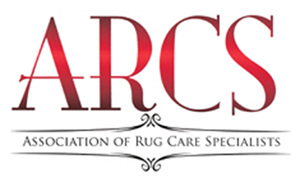
ABC Oriental Rug & Carpet Cleaning Co.
is a FOUNDING MEMBER of the
Association
of Rug Care Specialists.
"To Teach, Cultivate and Advance the Art and Science
of Rug Care"
We are proud sponsors of the SPCA of Tompkins CO:
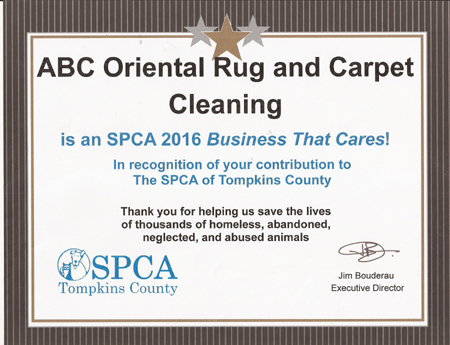
ABC
Carpet & Rug
Spotting Guide
Learn how to remove spots with ordinary household solutions
Sign up below to gain access to your complementary Spotting Guide from ABC.
Registering your email address guarantees you will be notified whenever discount savings coupons become available.
Did you know that our ABC Responsible Care Spotter can get those pesky spots out of your carpet and rugs and will work equally as well on your clothes and upholstery?
Stop by our office and pick one up. They are $5.00 + Tax but if you have carpets or upholstery cleaned in your home or business, just request a free one from your Technician.
And don't forget to fill out the form above to download your free ABC Spotting Guide!
